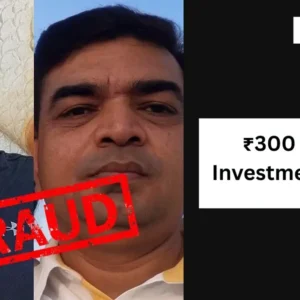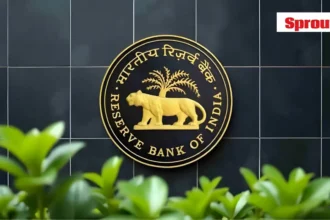
San Francisco-based social media platform Twitter is keen to promote Bitcoin, the first ever crypto currency that was introduced globally for making payments in instances like users hosting an audio chat room, and content creators. While this move is eyed positively in global circles for facilitating the sending and receiving of digital payments, governments across the world, including that of India have expressed concern about the possible misuse and resultant frauds that it can precipitate.
On the face of it, the move will facilitate cheaper and faster means of making payments with increased participation from groups of global users. However, this also requires the participants to make significant investments before adopting the payment channel. Besides, the government in consultation with the Central Banker (RBI in case of our country) will have to come out with clear and transparent policy choices to ensure a smooth flow into the digital era. The government’s top priority in arriving at a decision to promote this form of digital money transfer is to come out clearly on the roles played by the private and public sectors to facilitate a smooth transition that will enable appropriate regulations.
Doubtless, there are benefits arising out of using this payment mode, namely its being secure, easy to access and cheap to transact. The government however, will need to adequately address the risks and costs that might far outstrip the benefits this payment mode facilitates. Talking about risks involved in use of such crypto assets or currencies, our focus point will be how Bitcoin fared in the recent past. In April 2021, Bitcoin value peaked at USD 65,000. Within a span of two months the value steeply dipped to less than half of its peak value. In short, there is a high amount of volatility that one has to cope with when using this digital medium.
Despite this high volatility risk factor, players in the global markets would prefer this mode of digital transaction to remain anonymous. This again is a signal to respective governments for eying and preventing money laundering rackets that run globally. The favourable part however, is that it’s handy for those investors who intend to diversify their portfolios that help hedge against future risks. Even here, as the markets play out themselves, there is ample scope for being faced with a massive loss situation. On the global map however, as Twitter seems keen on promoting this crypto asset, Bitcoin is still a fringe payment element. However, there are many Central Bankers including India’s Reserve Bank of India (RBI) that are toying with the idea of issuing digital currencies, meaning the fringe perception of Bitcoins and similar digital platforms might get changed.
Twitter’s announcement for supporting the use of this digital payment mode also envisages the launch of a creator fund that will provide financial, technical and marketing support to frequent users who host audio programs on its Spaces. This move is expected not only to enhance Twitter’s business volumes but also help it compete favourably with other social media platforms.
For the Indian government the issue it faces on top of the chart will be that of financial integrity. The government needs to ensure that it has a robust method of implementing anti-money laundering laws in cyberspace besides ensuring that the digital platform does not fall prey in the hands of terror funding. In addition, with Bitcoins becoming rife in usage, plugging of tax evasion will become all the more difficult from the administrative point of view. As of now, Indian investors are more at home relying on the US dollar or the Euro as reserve currency rather than taking a plunge into the crypto asset platforms.
To sum up, there needs to be an element of balance between the use of crypto assets like Bitcoin and hard cash or actual currency notes. It’s more so in the case of India, as a very high percentage of business houses hail from the informal sector or grey markets, making it difficult for small players besides those in the MSME sector to become a part of such digital payment modes that entail a high amount of risk.
[inhype_block type=”postsgrid7″ block_title=”Also Read” block_posts_type=”latest” block_categories=”” block_posts_limit=”4″ block_posts_loadmore=”no” block_posts_offset=”0″]
















